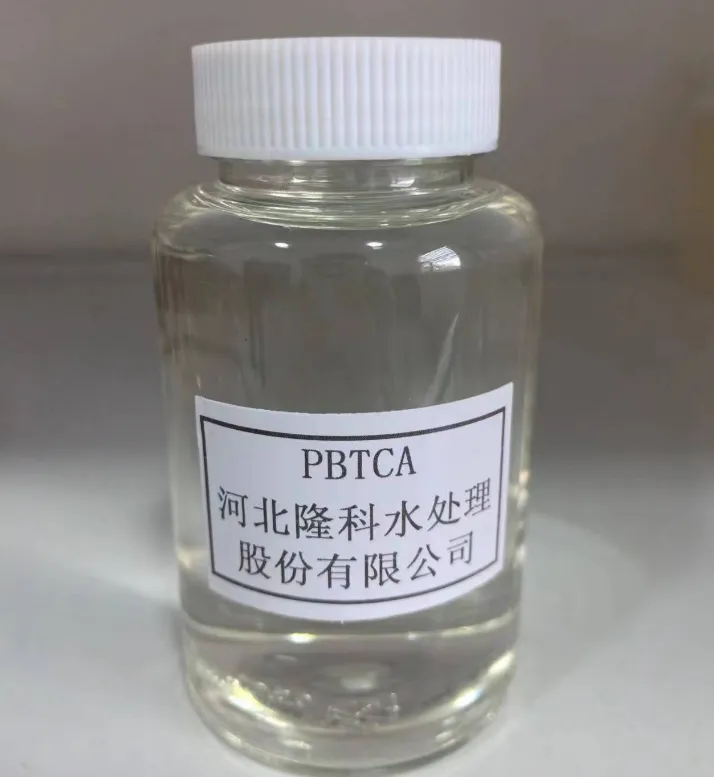Techniques for Enhancing Water Treatment Through Coagulation and Flocculation Methods
Coagulation and Flocculation Key Processes in Water Treatment
Coagulation and flocculation are essential processes in water treatment, particularly in the removal of suspended particles, organic matter, and microorganisms from water systems. These processes are vital for producing safe drinking water and ensuring the water meets health and environmental standards. Understanding the mechanisms and applications of coagulation and flocculation can greatly enhance the effectiveness of water treatment systems.
Understanding Coagulation
Coagulation is the initial step in water treatment, where chemical agents, known as coagulants, are added to water to destabilize and aggregate suspended particles. Common coagulants include aluminum sulfate (alum), ferric sulfate, and polyaluminum chloride. These substances have high positive charges, which neutralize the negative charges on suspended particles, including clay, silt, and organic matter. When particles aggregate, they form larger clusters called flocs.
The effectiveness of coagulation depends on several factors, including pH, temperature, and the concentration of the coagulant. The optimal pH range for coagulation typically lies between 6.5 and 8.5, as most coagulants work best within this range. Operators must continuously monitor these parameters to optimize the coagulation process.
Flocculation The Next Step
Following coagulation, the next stage is flocculation, where the small floc particles are agitated gently to encourage their growth and formation into larger, more easily removable clusters. This step is crucial, as larger flocs settle more quickly and can be removed efficiently during sedimentation or filtration processes.
Flocculation involves a gradual mixing process, typically utilizing mechanical stirrers or slow-moving paddles to ensure that the flocs develop without being broken apart. The duration and intensity of this mixing are critical—as under-mixing can lead to small flocs that do not settle well, while over-mixing can break apart larger flocs.
coagulation and flocculation

The Importance of Coagulation and Flocculation in Water Treatment
The primary purpose of coagulation and flocculation is to improve water quality by removing particulate matter and pathogens
. These processes can significantly reduce turbidity, which is a common indicator of water quality and a potential sign of contamination. By effectively removing suspended solids and microorganisms, coagulation and flocculation help in protecting public health and enhancing the aesthetic quality of water.Additionally, these processes play a crucial role in the treatment of wastewater. During the treatment of industrial effluents, coagulation and flocculation can help in the removal of heavy metals and other harmful substances before the treated water is released back into the environment.
Challenges and Advancements
While coagulation and flocculation are widely used and effective, they come with challenges. The choice of coagulants can influence not only the efficiency of the process but also the environmental impact. For instance, the residual coagulant in treated water can lead to health concerns, so advancements in the development of eco-friendly coagulants are ongoing.
Moreover, optimizing these processes to handle varying water qualities and contaminants remains a focus for research and development. New technologies, such as the use of advanced polymers and improved monitoring systems, are being explored to enhance coagulation and flocculation efficiency.
Conclusion
In conclusion, coagulation and flocculation are critical processes in water treatment that enhance the quality of water by effectively removing suspended particles and pathogens. As we face increasing challenges related to water quality and scarcity, the continued improvement and innovation in these processes will play a vital role in ensuring access to safe and clean water for all. By embracing advancements in technology and environmental responsibility, we can improve our water treatment practices for a more sustainable future.
-
Water Treatment with Flocculant Water TreatmentNewsJun.12,2025
-
Polymaleic AnhydrideNewsJun.12,2025
-
Polyaspartic AcidNewsJun.12,2025
-
Enhance Industrial Processes with IsothiazolinonesNewsJun.12,2025
-
Enhance Industrial Processes with PBTCA SolutionsNewsJun.12,2025
-
Dodecyldimethylbenzylammonium Chloride SolutionsNewsJun.12,2025





